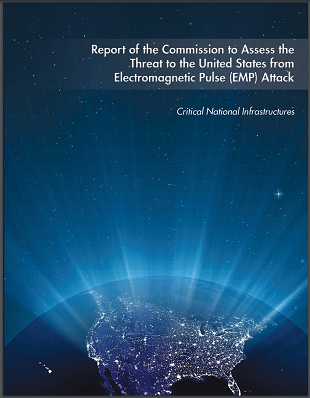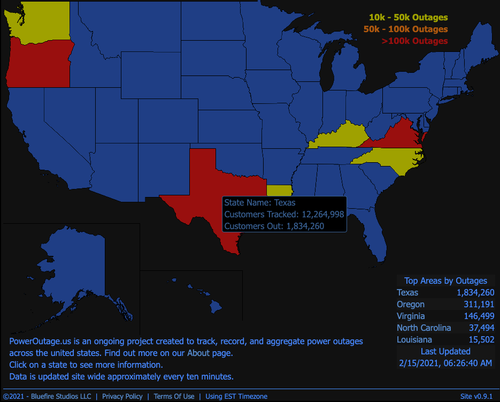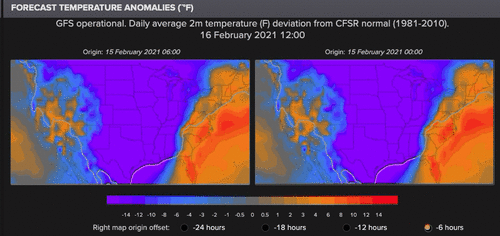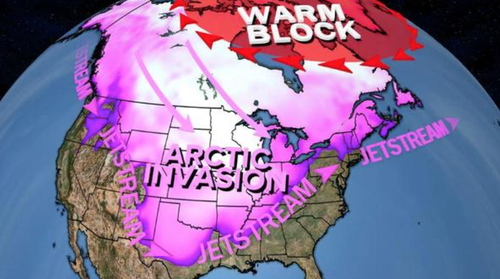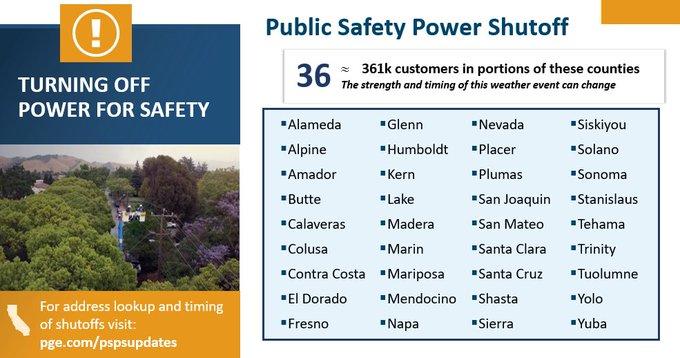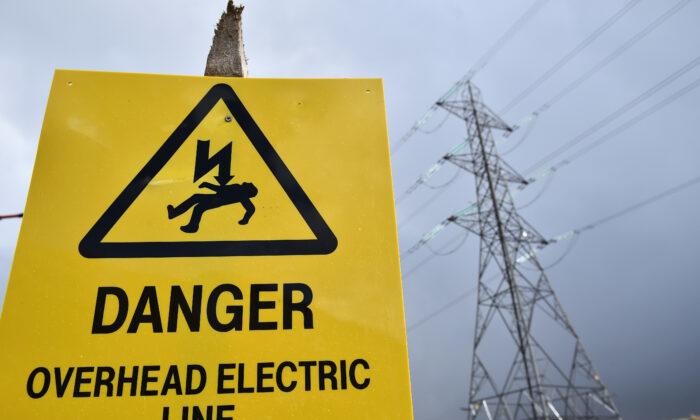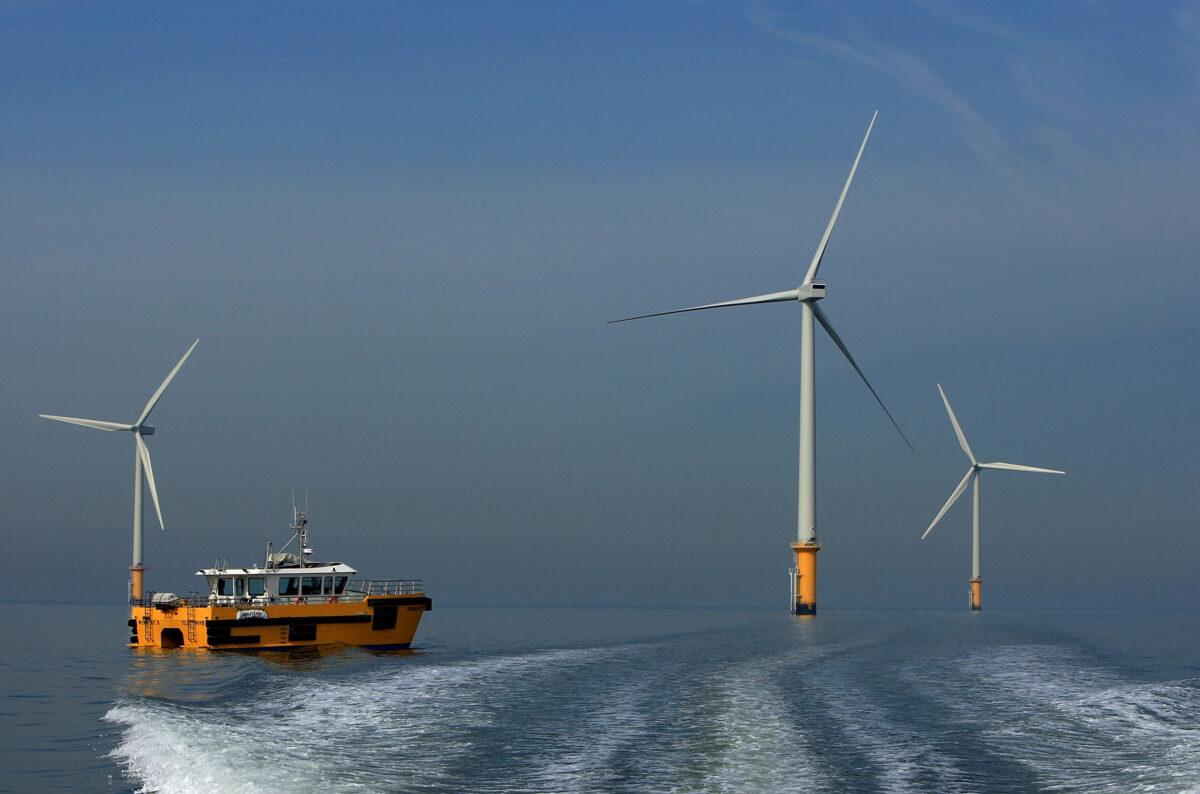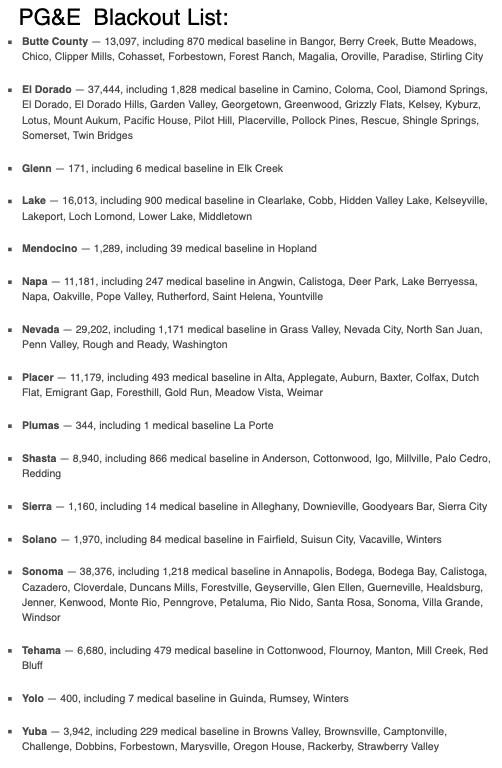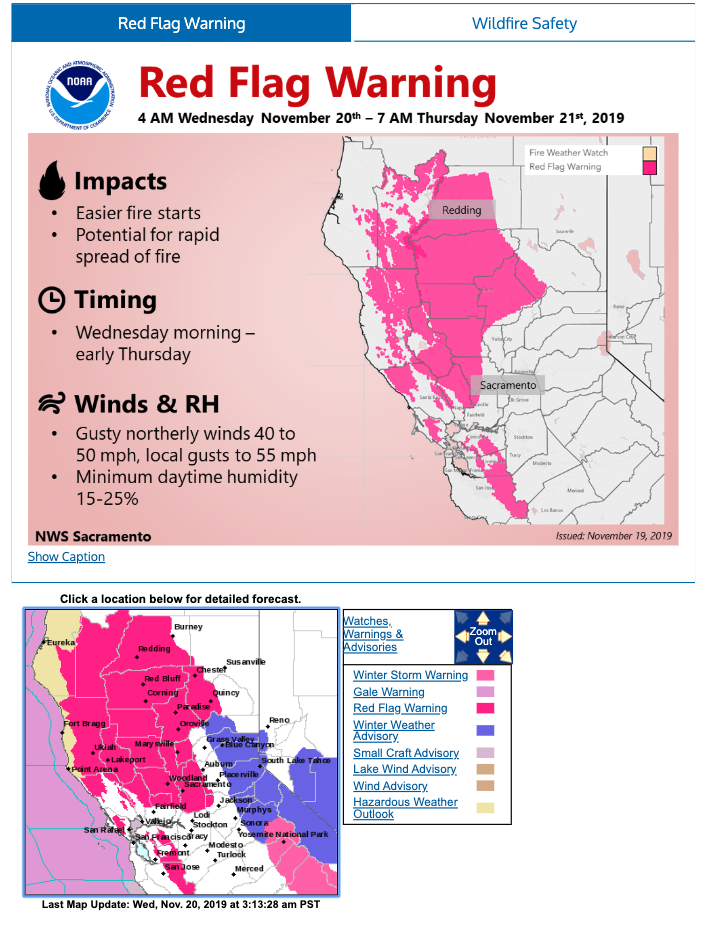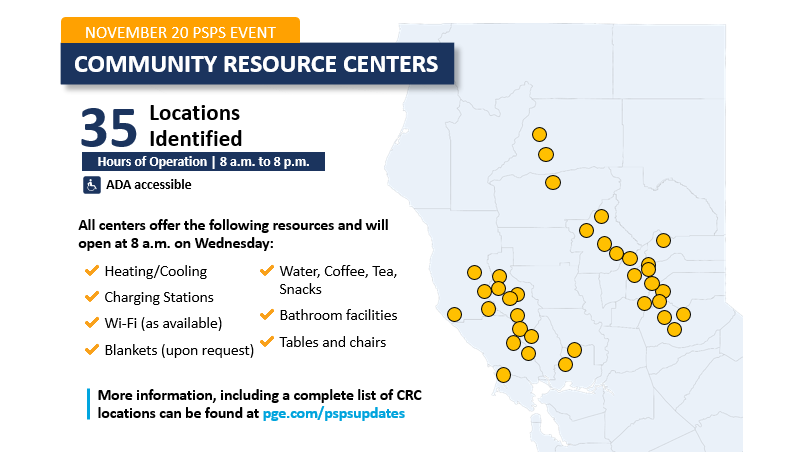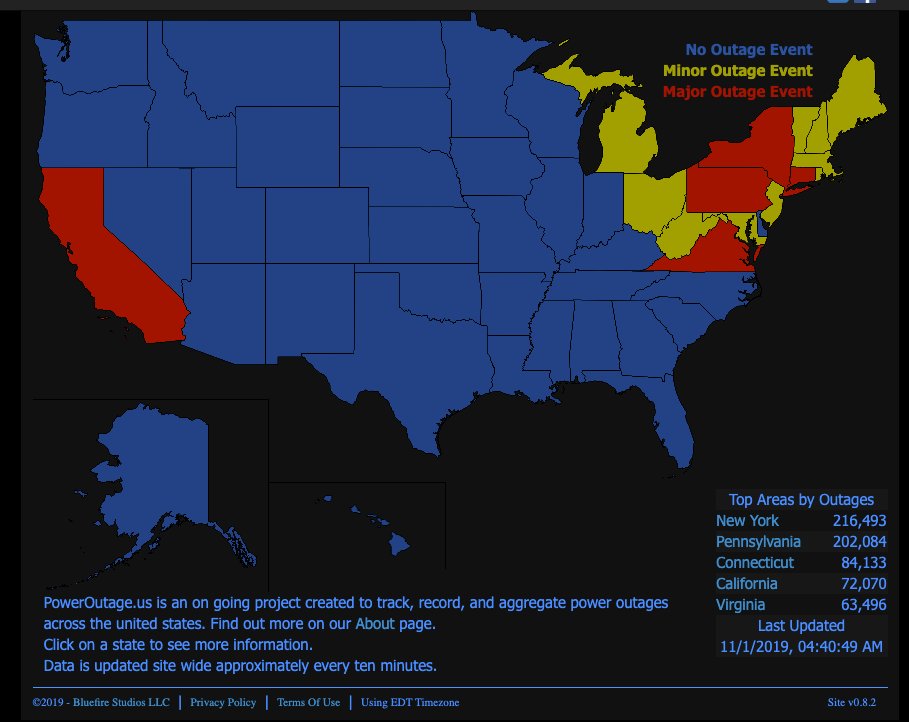Our last report focused on the uniqueness of the Texas wholesale electricity market, ERCOT, and how it was specifically designed to evade federal utility regulation. And as if he were our paid spokesperson, former Texas governor Rick Perry stated publicly that Texans were happy to suffer blackouts and other hardships if it meant evading federal regulatory scrutiny. Whether the good (and shivering) citizens of the Lone Star State agree is another matter. But today, instead of dealing with politics, we’ll take a closer look at ERCOT as a state planning agency.
First the good news. One of the hardest parts of every planning agency’s job is correctly estimating future demand. This is doubly hard in a dynamic, fast growing economy like Texas. Consequently we were surprised at how good their planning estimate was for this winter’s electrical load of about 67,000 megawatts. Because of the blackouts we can’t precisely know what peak electrical demand in Texas would’ve been given the extreme winter demands from home heating and the like. But the shadow estimates published by ERCOT suggested about 72,000 megawatts of peak demand.
In total, ERCOT has the ability to supply electrical capacity of about 80,000 megawatts. This amount of available electric power generation should have been adequate to meet demand this week. Not by a wide margin but adequate. Barely. As an aside we should point out that ERCOT runs “light” in terms of electric system reserve capacity with reserves typically about 8%. This compares with other US grids where targeted reserve margins are about 15%. Lower reserve margins are cheaper but mean less back up for emergencies.
Our first tentative conclusion is that Texas would have withstood this recent snowstorm and polar vortex event in pretty good shape from a grid perspective IF thermal plants were available to meet skyrocketing demand.
…click on the above link to read the rest of the article…



